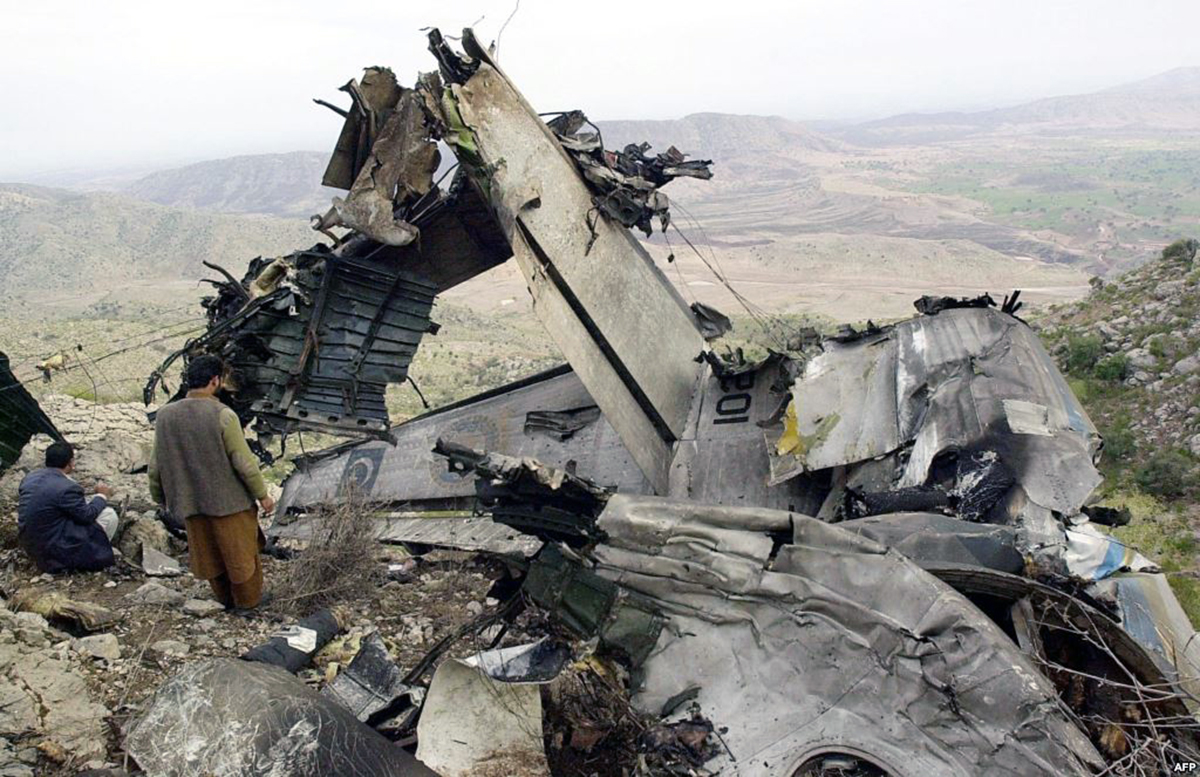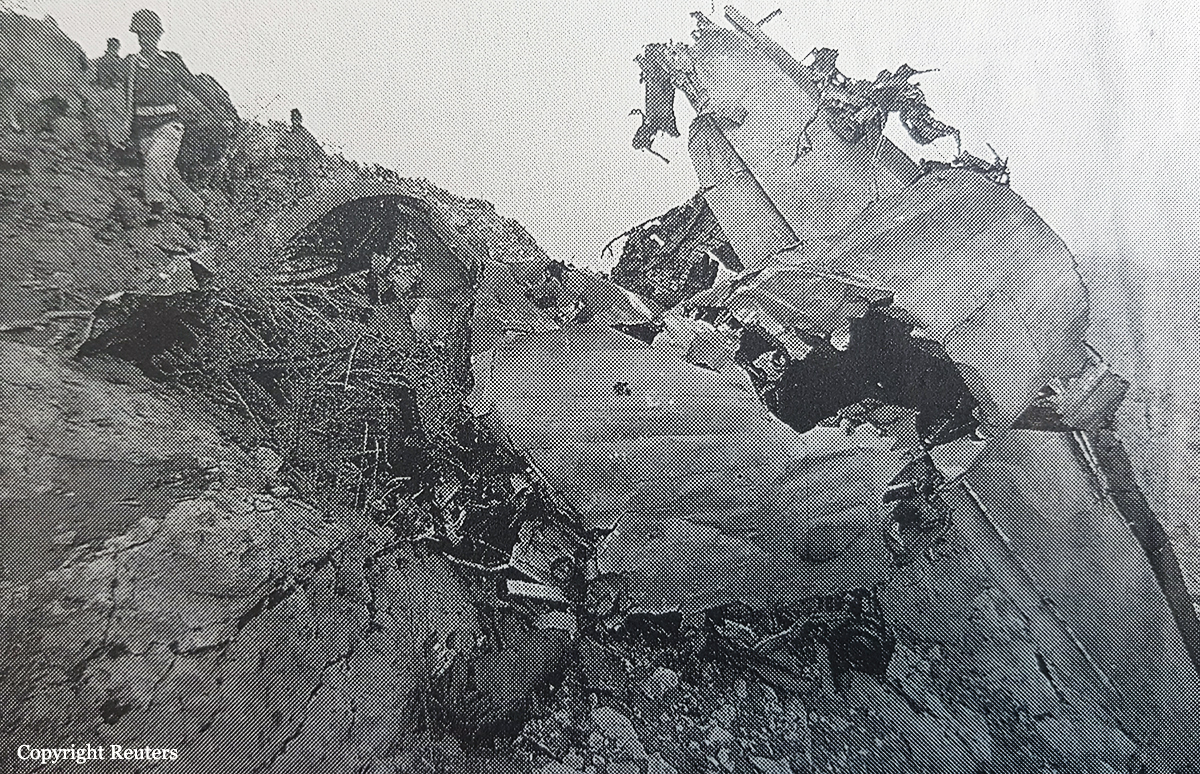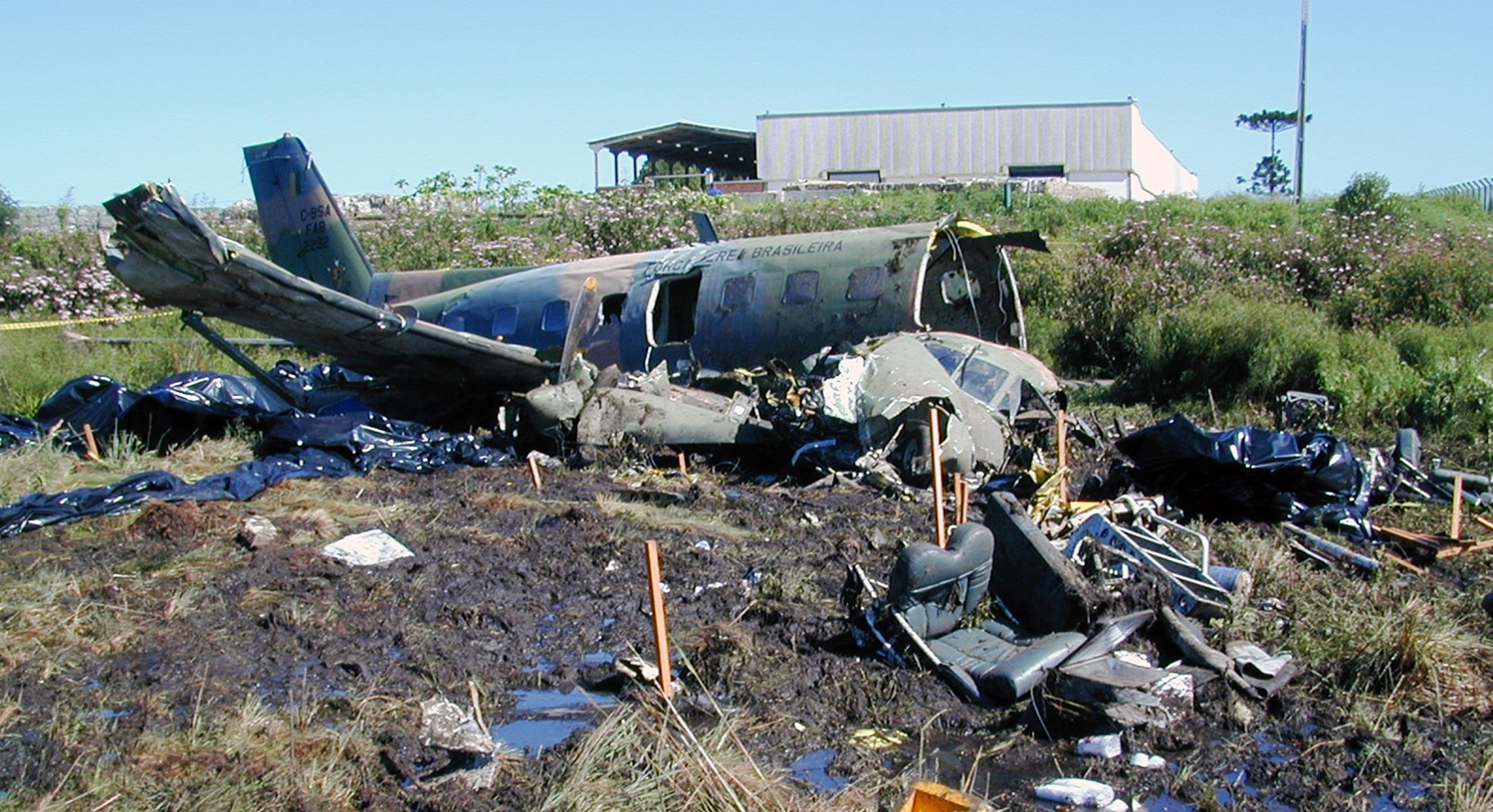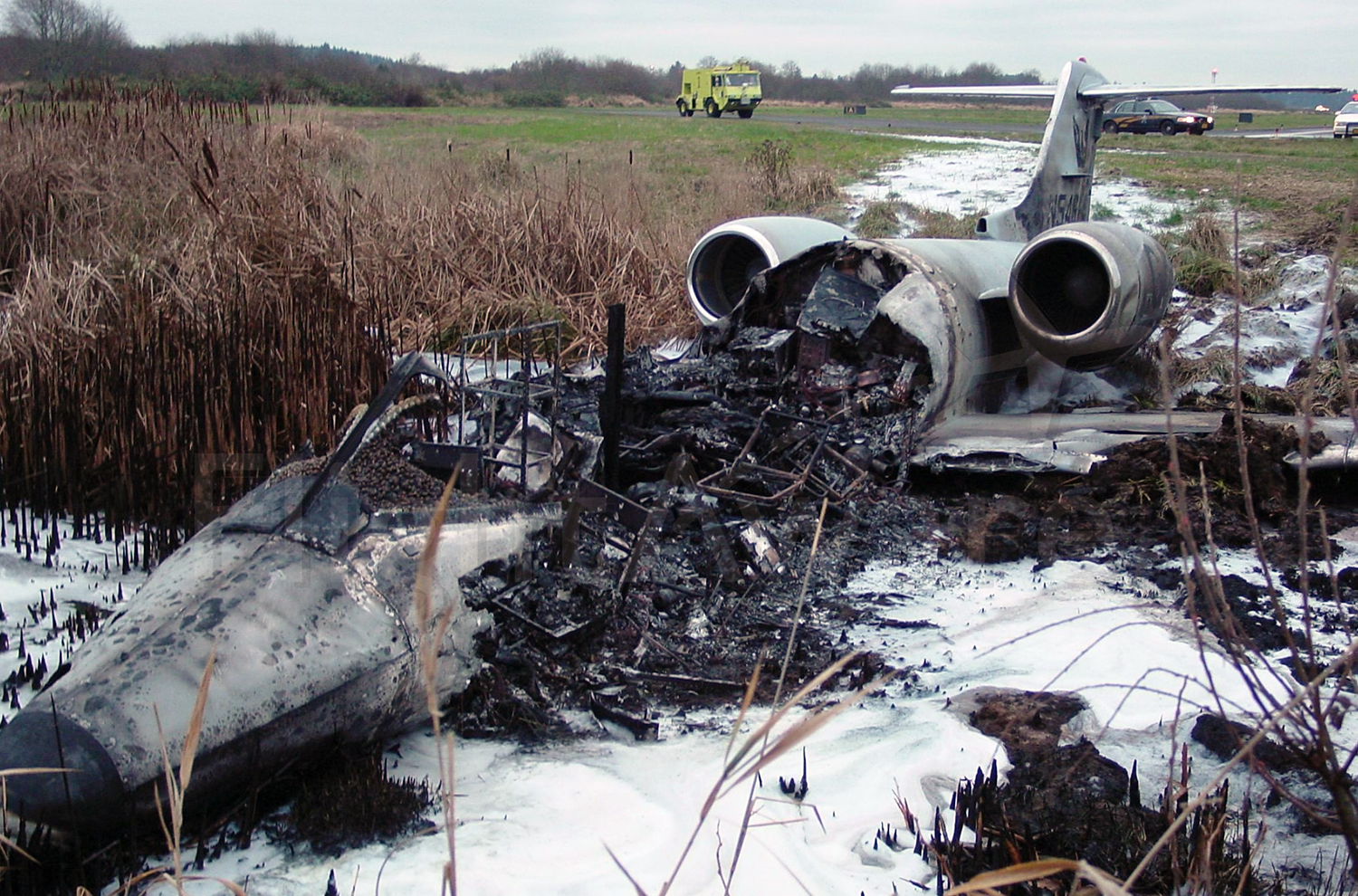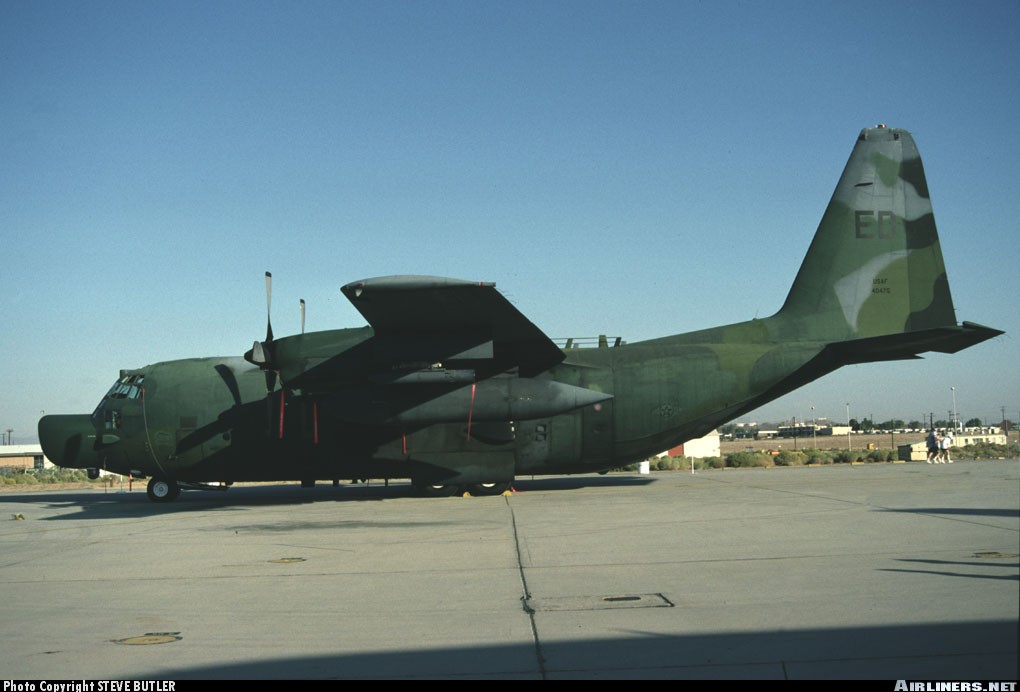Crash of an Antonov AN-12BP in Menongue: 4 killed
Date & Time:
May 16, 2003
Registration:
T-307
Survivors:
No
Schedule:
Menongue - Luanda
MSN:
9 34 66 08
YOM:
1969
Crew on board:
4
Crew fatalities:
Pax on board:
0
Pax fatalities:
Other fatalities:
Total fatalities:
4
Circumstances:
The aircraft departed Luanda on a cargo flight to Menongue, carrying four crew members and a load of fuel drums. While in cruising altitude, one of the engine failed but the crew was able to continue and to land normally at Menongue Airport. Later, the crew decided to fly back to Luanda on three engines for maintenance instead of getting a technical crew to the airfield the next day. Shortly after takeoff, while climbing, a second engine failed, causing the aircraft to stall and to crash. All four crew members were killed.
Probable cause:
Engine failure for unknown reasons.




